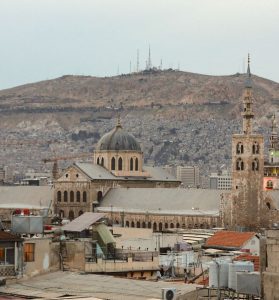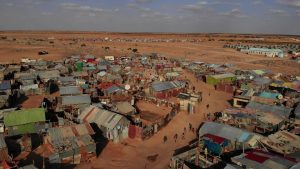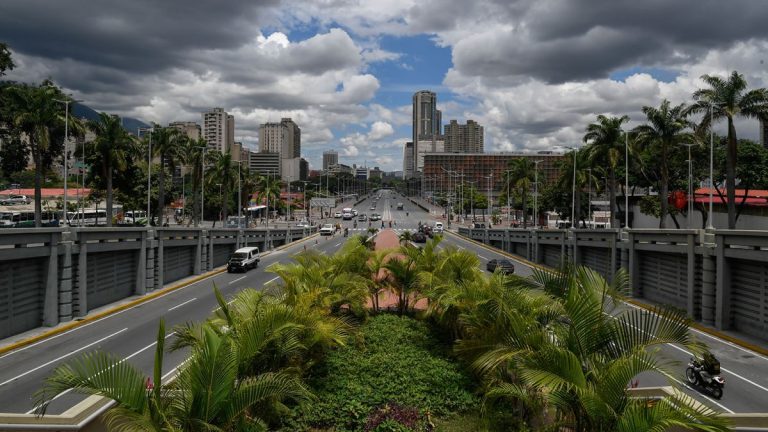Exploring new places and cultures can be a dream come true, but not in all places. Some destinations around the world have enforced strict bans to keep tourists out, whether due to cultural restrictions, environmental concerns, or safety issues. Today, we are exploring 6 locations that are too dangerous or sensitive for outsiders to visit.

1. Okinoshima, Japan
Okinoshima is first on the list of places travelers are banned from visiting, but the ban only applies to women. Okinoshima is a secluded island located off the coast of Kyushu in Japan. A sacred Shinto site called Okitsu Shrine, which is over a thousand years old, is located on Okinoshima. Okinoshima, recognised as a UNESCO World Heritage Site, is a place of ancient tradition and spiritual significance.
One of its longstanding religious beliefs goes against women visiting the island. Meanwhile, only 200 men are permitted to visit the island each year, and they are all required to purify themselves in the surrounding sea before setting foot on the island.

2. Emperor’s Tomb, China
In China, the tomb of the country’s first emperor, Qin Shi Huang, is restricted. Qin Shi Huang’s mausoleum is one of the greatest archaeological sites in China, and it is well known for the renowned Terracotta Army. The country has permitted visitors to see parts of the site, including the pits containing the Terracotta Warrior. However, tourists are prohibited from accessing the central tomb itself.
The government keeps the main chamber of the tomb closed due to the challenges of excavation and due to its respect for the deceased emperor. Additionally, advanced technology is required to ensure that the relics inside can be preserved if excavated.

3. Venezuela
Although tourists are not technically banned from visiting Venezuela, this location made the list because the US State Department and other governments have strongly warned tourists to stay away from this destination. Venezuela was once a popular location with beautiful landscapes but has become increasingly unsafe for tourists due to severe political and economic crises. Among the issues plaguing the country are poverty, civil unrest, and high crime rates.
Apart from facing restrictions when visiting Venezuela, which includes tightly regulated entry, outsiders might also face dangers such as theft, violent crime, and even kidnapping.

4. Syria
Another location that travellers are warned to stay away from due to safety concerns is Syria. Many countries have advised against travelling to this destination due to prolonged civil war, violence, and political instability. Additionally, the Syrian government has even largely barred foreign tourists from entering the country.
According to research, for visitors who disregard the warnings, it is almost impossible for them to obtain a visa. Other issues when visiting include the cancellation of most international flights, the borders being closely monitored, and limited travel within the country. Visitors also may face dangers such as armed conflict, bombings, and terrorism.

5. Somalia
Somalia is rich in culture, but many travellers cannot explore this country due to political instability and high-security risks. The country is largely inaccessible to tourists as it remains one of the world’s most dangerous travel destinations. The country has been plagued by violence, piracy along its cost, and the severe challenges of an unstable government since the early 1990s.
Most governments warn their citizens against travelling to Somalia due to dangers such as the threat of terrorism, kidnappings, and violent attacks. There have been claims that the northern region of Somaliland is more stable. However, it is not officially recognised as a separate state, and travellers are still urged not to visit this destination.
Conclusion
While travellers might be eager to absorb the culture and beauty of various places around the world, it is crucial to consider any potential dangers. While each of these countries has its own unique attractions and cultural significance, the restrictions that are in place serve various essential purposes, which either protect the natural habitats, preserve sacred sites, or protect potential visitors from harm.

